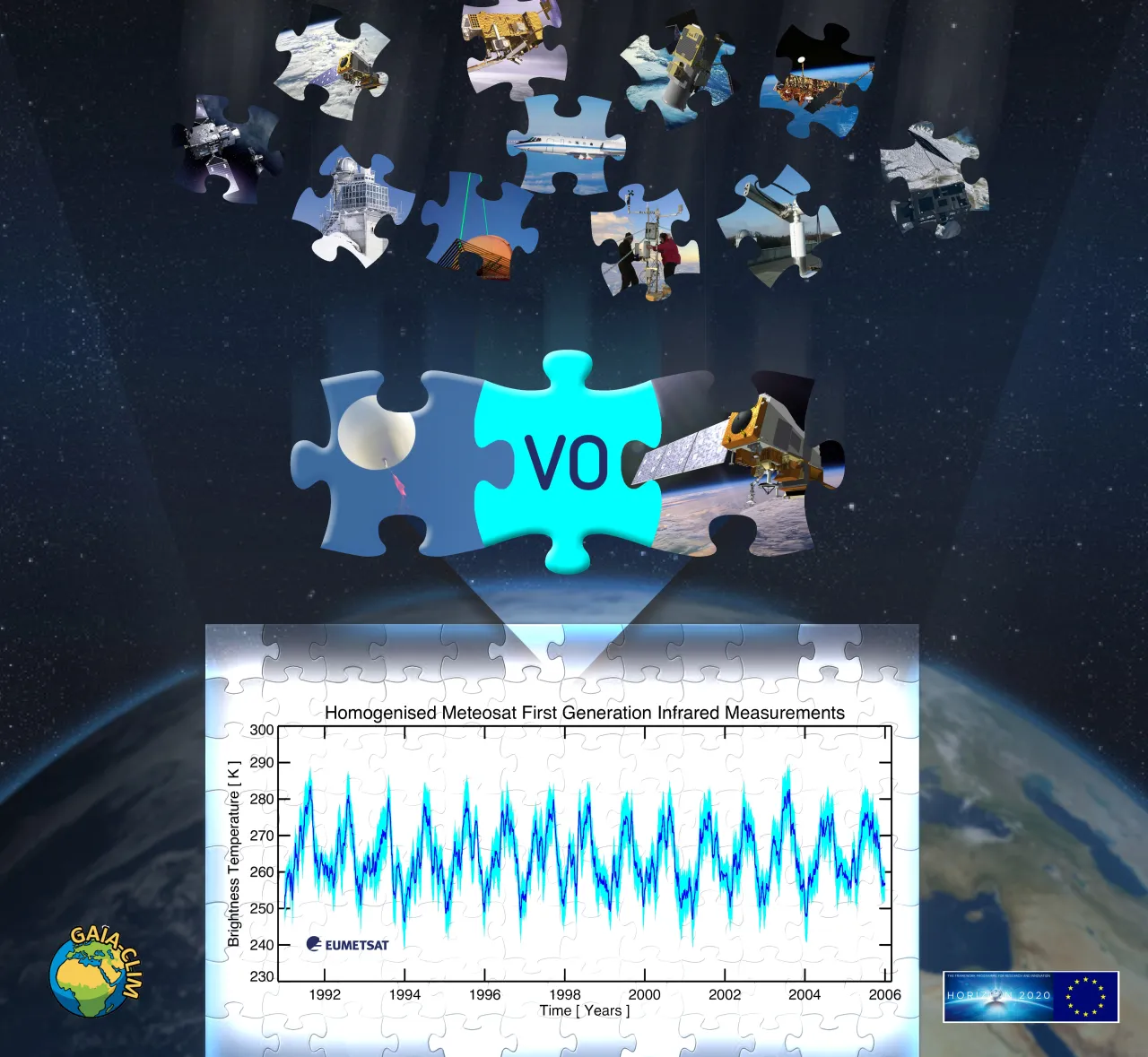G5.11 Non-operational provision of fiducial reference-measurement data and some satellite-derived products reduces their utility for monitoring and applications
Copernicus Services, including the Climate Change Service (C3S), will provide information in close to real time using global and regional reanalysis outputs, as well as satellite L2 products. These outputs are not always consistent with their own climatology, because input data are not produced with the same quality at real-time as they are in elaborated climate data records.

